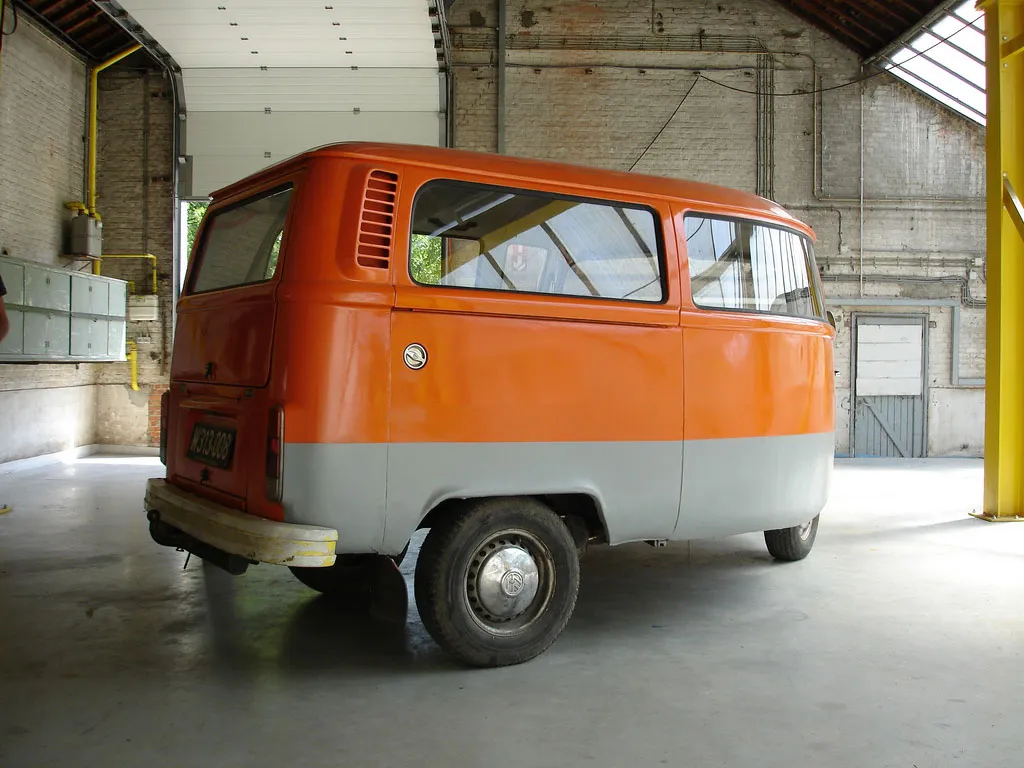If you are a fan of contemporary art or are curious about modern artistic expressions, you have probably come across works that defy logic and the perception of reality. One of the most notable names in the current scene is Austrian artist Erwin Wurm, known worldwide for his provocative and often humorous sculptures. Among his most famous creations, the Bent Kombi stands out as an icon of reflection and criticism.
It's been more than 20 years since Erwin Wurm began his explorations with deformed and disproportionate sculptures. In 2024, the Kombi Torta — or “Fat Bus” — continues to generate discussions about the limits of functionality, art and the critical interpretation of everyday life. In this article, we will delve into the details of this unusual work, understand its context and explore what it can teach us about society, consumption and creativity.
Who is Erwin Wurm?
Before we go into detail about the Kombi Torta, it is worth getting to know the artist behind this idea. Erwin Wurm was born in Austria, in 1954, and today is one of the most relevant contemporary artists. He became world famous for his fat, crooked and deformed sculptures, which explore themes such as excessive consumption, social pressure and the relationship between form and content.
Wurm has a knack for transforming everyday objects—cars, clothes, furniture, and buildings—into works of art filled with humor and meaning. With a critical and ironic eye, he forces us to reflect on our own relationship with the material world and with rampant consumerism.
In his own words, “art is a way of questioning reality”, and that is exactly what he does with his works. The Bent Kombi, or “Fat Bus”, is one of the most perfect examples of this concept.
The Tortoise Kombi: Concept and Creation
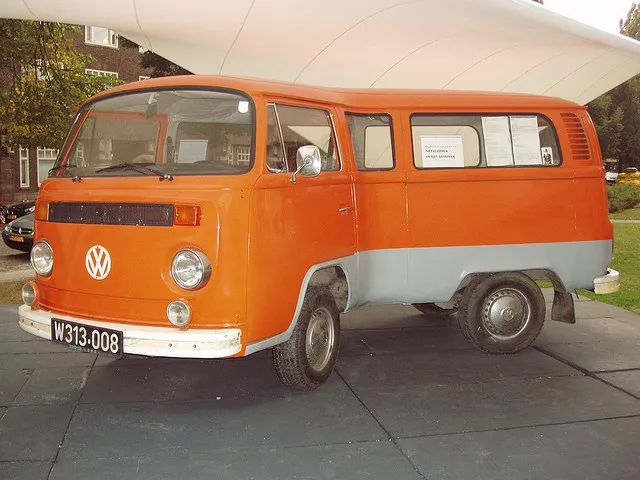
You've probably seen a Kombi on the street — the classic Volkswagen model, which became a worldwide icon in the 60s and 70s. Used as family transport, work van and even motorhome for adventurers, the Kombi is synonymous with freedom, practicality and functionality. But what if, suddenly, this functionality was taken away?
This is the question that Erwin Wurm raises with the Bent Kombi. The work challenges our perception by presenting a completely distorted and misaligned, as if it had been melted or compressed in a surreal moment.
It is impossible to look at the Bent Kombi without a mixture of surprise and humor. It makes us laugh — after all, seeing a car deformed in such an absurd way is, at the very least, funny. But it also provokes us. Why? Because this is a great way for us to reflect on the fragility of the structures that surround us.
Wurm created this work using lightweight materials, such as fiberglass, and worked carefully to give the impression of a real object that has lost its original function. The result is striking: a car that doesn't drive, doesn't work, but talks.
The Meaning Behind the Work
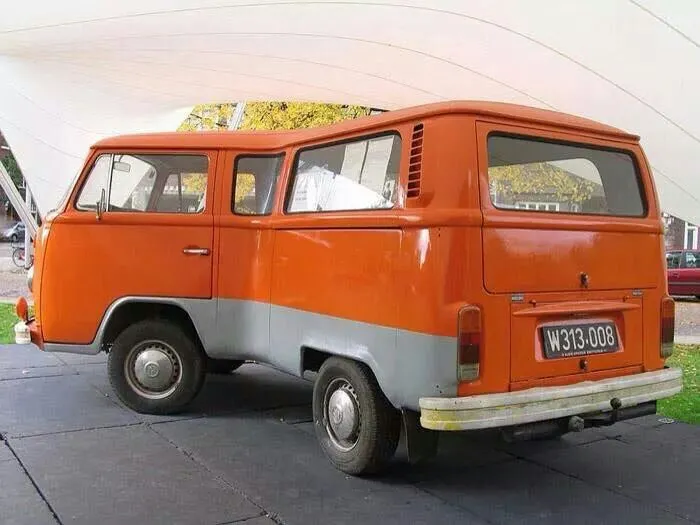
The Kombi Torta carries within itself a deep criticism of contemporary society. You see, the original Kombi is a symbol of golden age of consumption, where functionality and status combined to create iconic products. In the 1970s, owning a Kombi meant having freedom to travel and work, a dream shared by millions of people.
But what happens when this icon object loses its function? When it is transformed into something just to be observed? This is where Erwin Wurm's genius comes in. The Kombi Torta symbolizes how, often, our obsession with form and consumption can empty the real meaning of objects.
How many times have you bought something just because it was pretty or fashionable, without caring about its functionality? Or worse: how many things do you have that are no longer useful, but are still there, taking up space?
Art and Humor as a Form of Criticism
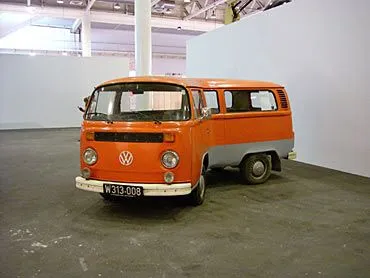
One of the most interesting aspects of Erwin Wurm's work is his use of humor as a tool of criticism. The Kombi Torta makes you laugh, but it also makes you think. Humor, in this case, is a light and accessible way of approaching complex topics, such as consumerism, social transformation It is structural fragility.
The use of such an everyday object as the Kombi is also significant. After all, it is part of our collective imagination. Transforming it into something absurd forces us to review our concepts about functionality, form and beauty.
The Kombi Torta at International Exhibitions

Since its creation, the Kombi Torta has traveled the world — not literally, of course. The work has been part of exhibitions in several international museums and galleries, always attracting curious glances and provocations. The success of this piece is directly linked to its ability to communicate something universal: the loss of meaning in a consumerist society.
In 2024, the Kombi Torta remains relevant, especially in times when sustainability It is conscious consumption are hot topics. Wurm's work can be interpreted as a critique of planned obsolescence, the need to rethink our relationship with material goods and the way in which we transform everything — even symbolic objects — into something disposable.
Values and Prices in Contemporary Art
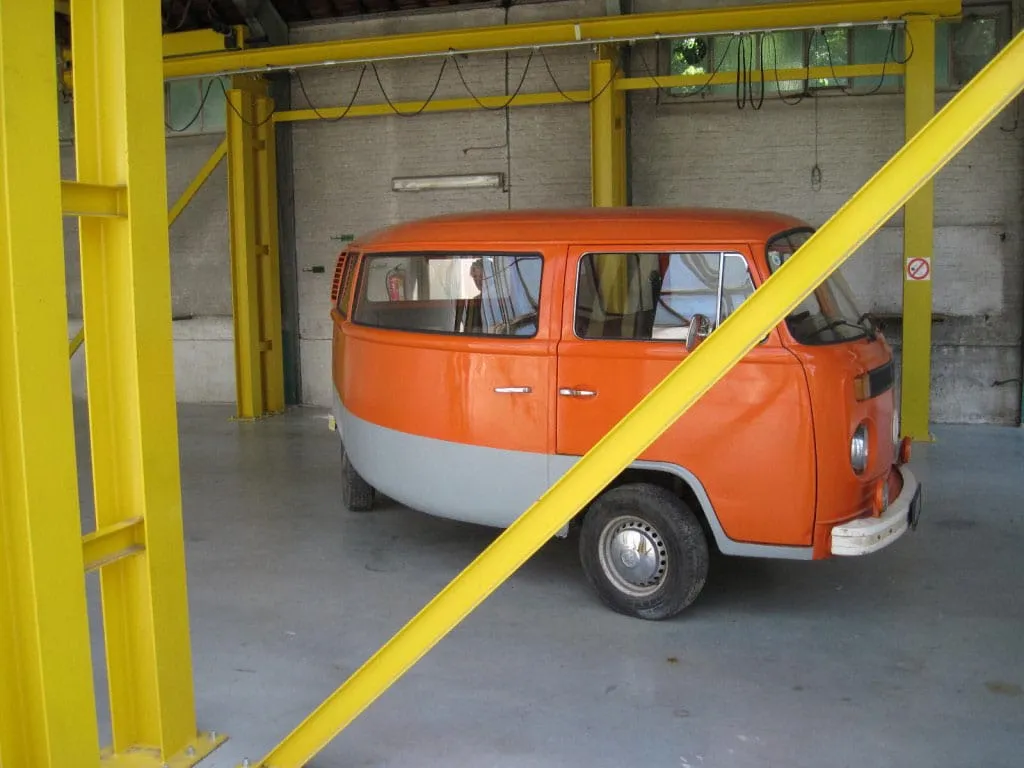
For those of you who are wondering: “How much is a work of art like the Kombi Torta worth?”, know that the contemporary art market can be surprising. Works by Erwin Wurm have already been sold for amounts that exceed millions of reais in international auctions.
In the case of sculptures like the Kombi Torta, it is difficult to set an exact price, as it can vary depending on the exhibition, the collection and the relevance of the work at the time. However, it is safe to say that, in 2024, a piece signed by Erwin Wurm would not go for less than R$ 1 million, given its importance in the global artistic scene.
Conclusion: What Can the Bent Kombi Teach Us?
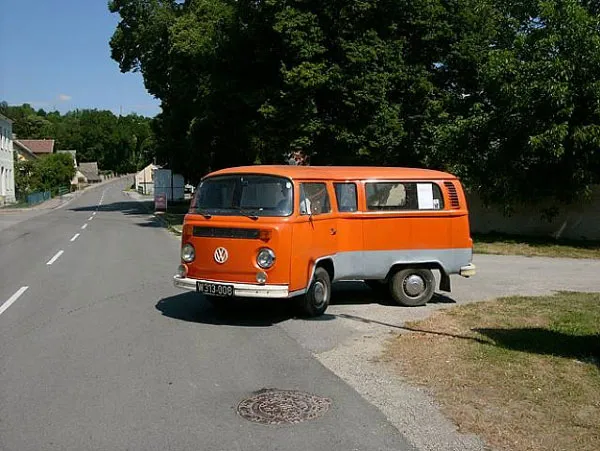
The Pie Kombi Erwin Wurm is much more than just a sculpture. It is a invitation to reflection about the world we live in, about what we value and about what we leave behind. In times where the conscious consumption becomes increasingly necessary, Wurm's work serves as a visual alert about how we can lose the meaning of things we consider important.
The Kombi, which was once a symbol of freedom, now presents itself deformed and unusable, making us think: are we valuing the right things? What happens when we give more importance to form than to content?
In the end, the Bent Kombi is a tart, ironic and incredibly timely reminder that art can be a powerful way to help us connect with reality, even when it is distorted. As Erwin Wurm himself says, “art is the mirror of our time”. May we look into this mirror more carefully and, who knows, with a little humor.
